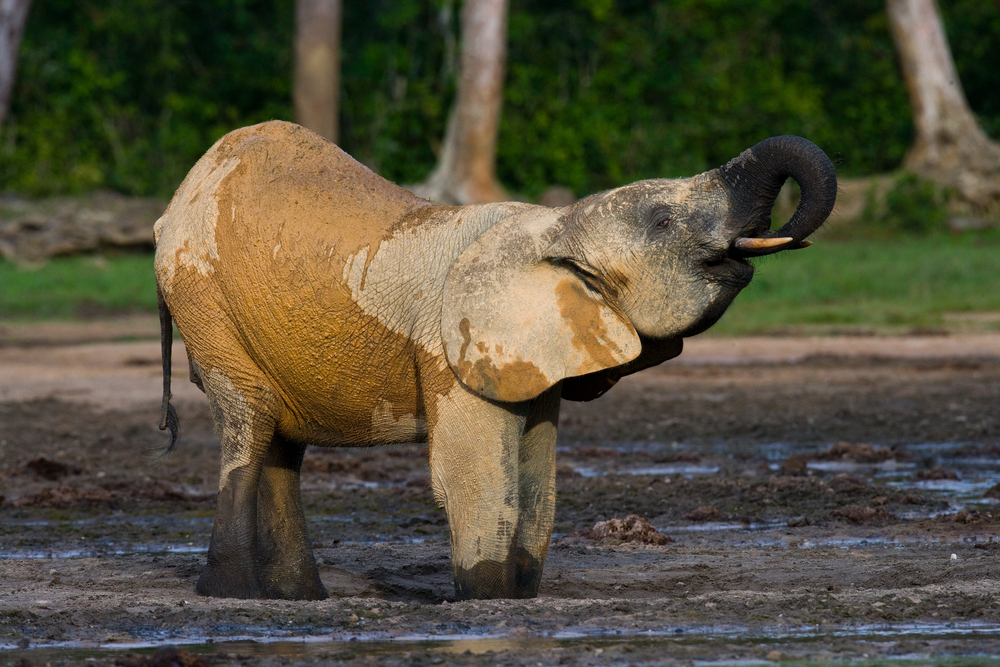Bamingui-Bangoran Overview
Bamingui-Bangoran National Park, locally known as Parc National de Bamingui-Bangoran, is a vital component of the Central African Republic’s protected areas, situated in the northern part of the country. Spanning approximately 11,000 square kilometers (4,247 square miles), this expansive park is part of the larger Bamingui-Bangoran Biosphere Reserve, recognized for its exceptional biodiversity and importance in regional conservation efforts.
The park’s terrain is a diverse blend of savannah grasslands, gallery forests, rivers, and scattered woodlands. These varied ecosystems create a haven for a wide range of wildlife and provide breathtaking landscapes that captivate nature enthusiasts. The Bamingui River, which flows through the park, not only supports the park’s flora and fauna but also enhances its scenic charm. Seasonal variations in water levels add dynamism to the ecosystem, shaping the habitats of its inhabitants.
Bamingui-Bangoran National Park is home to a plethora of iconic species. Large mammals such as African elephants, buffaloes, and hippopotamuses are key attractions, while bongo antelopes and kobs roam the savannah. The park is also a haven for primates, including olive baboons and patas monkeys, which can be seen navigating the woodlands. Predators like lions, leopards, and spotted hyenas thrive in the park’s grasslands and forests, maintaining the ecological balance.
The avian diversity of the park is remarkable, with over 300 recorded bird species. Notable sightings include saddle-billed storks, crested cranes, and secretary birds. Raptors such as martial eagles and African fish eagles patrol the skies, while wetland areas host kingfishers and ibises. The park’s birdlife adds vibrancy to its landscapes and attracts birdwatching enthusiasts from around the globe.
The flora of Bamingui-Bangoran is equally captivating. The savannah is dotted with acacias, baobabs, and shea butter trees, while gallery forests are dense with figs and mahoganies. These ecosystems support the park’s wildlife while playing a critical role in carbon storage and climate regulation.
Despite its ecological wealth, Bamingui-Bangoran National Park faces challenges such as poaching and habitat degradation. The Central African Republic’s government, in collaboration with international conservation organizations, has implemented measures to mitigate these threats. Anti-poaching patrols, community engagement programs, and sustainable resource management initiatives are central to preserving the park’s natural heritage. Efforts also include research projects to monitor biodiversity and understand ecological dynamics.
Visitors to Bamingui-Bangoran National Park can immerse themselves in its wild beauty through safaris, birdwatching tours, and guided treks along the Bamingui River. These activities provide unforgettable encounters with the park’s wildlife and landscapes, offering a unique perspective on the importance of conservation.
In summary, Bamingui-Bangoran National Park is a cornerstone of the Central African Republic’s natural legacy. Its diverse ecosystems, rich biodiversity, and conservation significance make it a vital refuge for wildlife and a captivating destination for eco-tourism.












































































